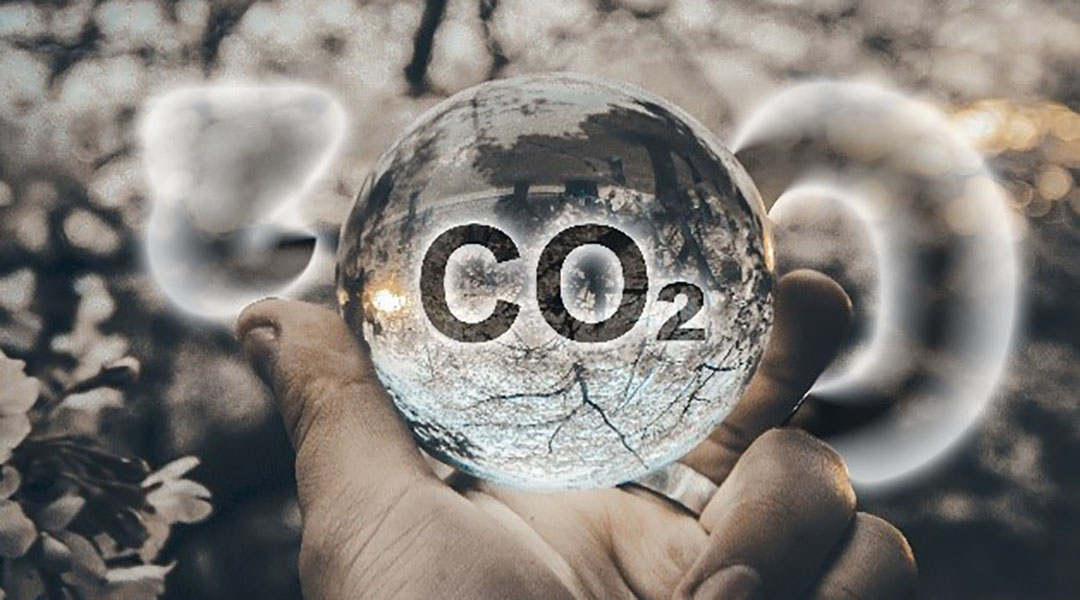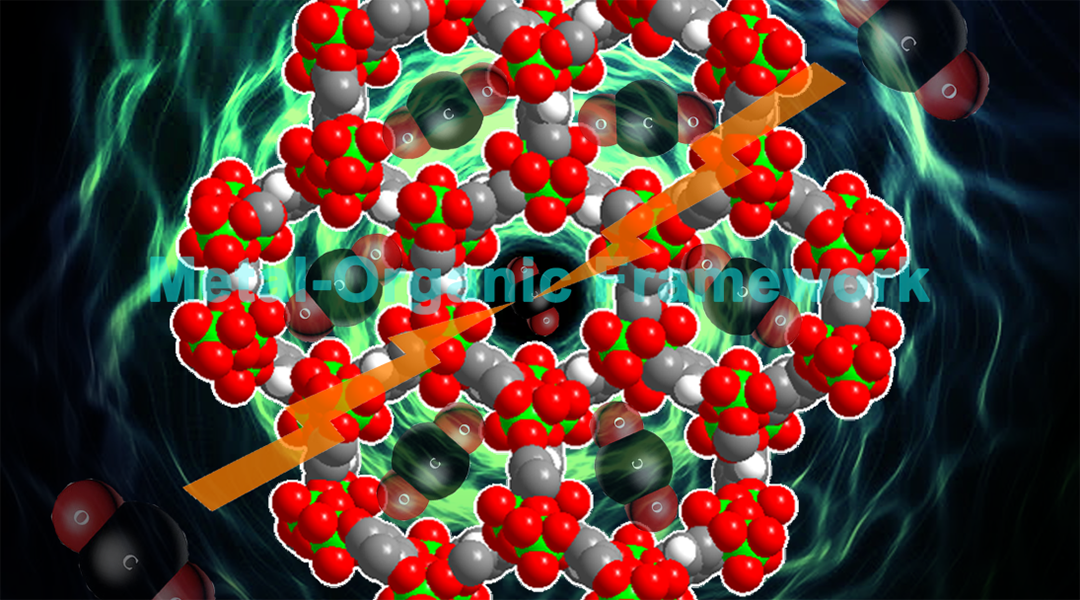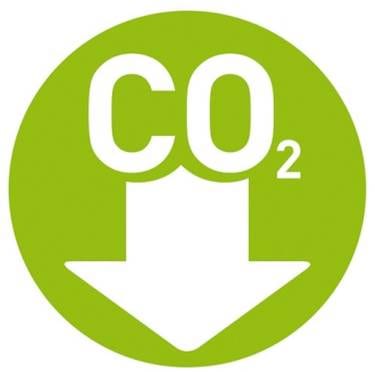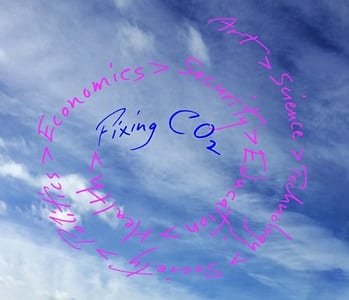Two Swiss start-up companies have developed a process to generate aviation fuel from thin air in order to accelerate the industrialization of sustainable aviation fuels.


Two Swiss start-up companies have developed a process to generate aviation fuel from thin air in order to accelerate the industrialization of sustainable aviation fuels.

Carbon dioxide photocatalysis, a new future with three fundamental questions, how do we optimize photonic efficiency, how should we scale, and what should we make?

Researchers at the University of Toronto discuss the origins and advances of carbon dioxide photocatalysis.

MOF‐based carbon dioxide capture urgently needs evaluation of engineering and process design to meet industrial standards.

We all see the smoke; can we afford to ignore the fire? The climate doomsday clock is ticking!

Mind the gap: Carbon dioxide corrosion problems in a world of carbon dioxide conversion research. Understanding the surface chemistry and electrochemistry and how they affect the overarching systems.

Imagine a scenario where CO2 greenhouse gas emissions could be used to desalinate briny water. This would be a creative way of killing two birds with one stone, namely helping to ameliorate global-warming-induced climate change and producing high quality water for agriculture and drinking purposes.
If 2°C warming by 2100 is to be prevented, it will become important to adopt strategies that not only avoid CO2 emissions, but also allow for the direct removal of CO2 from the atmosphere.

Prof. Elizabeth Biddinger talks about her recent article on copper-based catalysts for carbon dioxide electroreduction, which brings new insights towards the renewable conversion of carbon dioxide, a well-known greenhouse gas, into green fuels and chemicals.

We all love CO2 – let’s do it, let’s fix CO2 fixation!